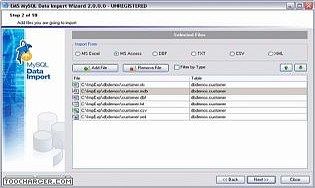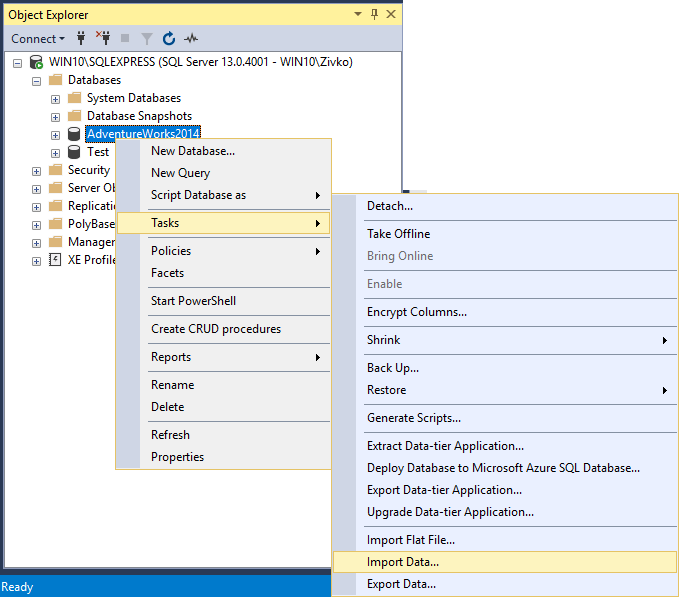

You cannot add a second filter using the AND clause. Note that only one filter can be entered.

This field shows a description of the current Live connection, in the format: The sophisticated reporting engine can produce high quality documentation, including data dictionaries, diagrams and relationships back to other models such as architecture and information requirements, and ultimately to business goals and drivers.ĭatabase schema information can be imported via the Database Builder (recommended) or from the 'Develop' ribbon. When systems target multiple DBMSs, these can all be reverse engineered into a model and elements and datatypes can be compared between these models. Once the schema is in Enterprise Architect, the database objects can be traced to other elements, ensuring the integrity of design and architecture. As modifications are made to the Live database the changes can be synchronized into the model. Enterprise Architect achieves this by interrogating the DBMS's information schema and importing the definition into a UML objects. A wide range of database objects are supported including Tables, Views, Procedures, Functions and Sequences. Enterprise Architect can reverse engineer a DBMS schema and its objects into a model under a number of different standards, including UML, Information Engineering and IDEF 1X. Being able to view the database schemas alongside other models of a system provides great clarity and reduces the chance of error. The power of model-based engineering is the ability to visualize, analyze and design all aspects of a system.


 0 kommentar(er)
0 kommentar(er)
